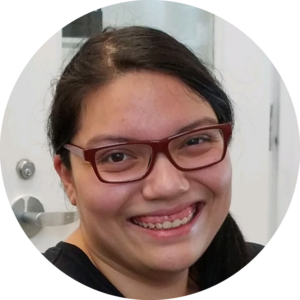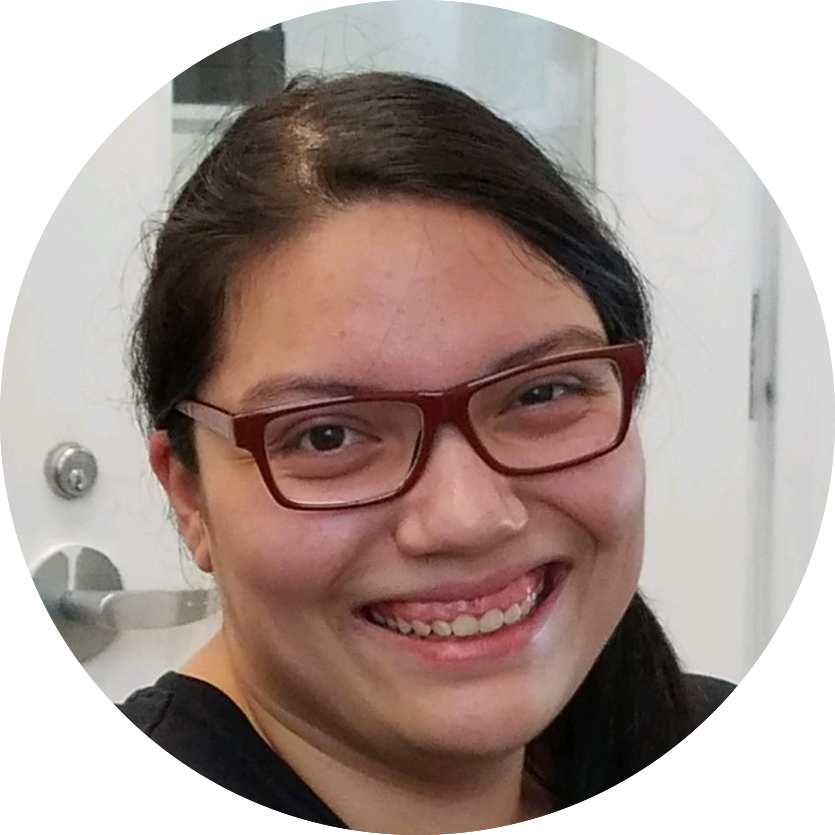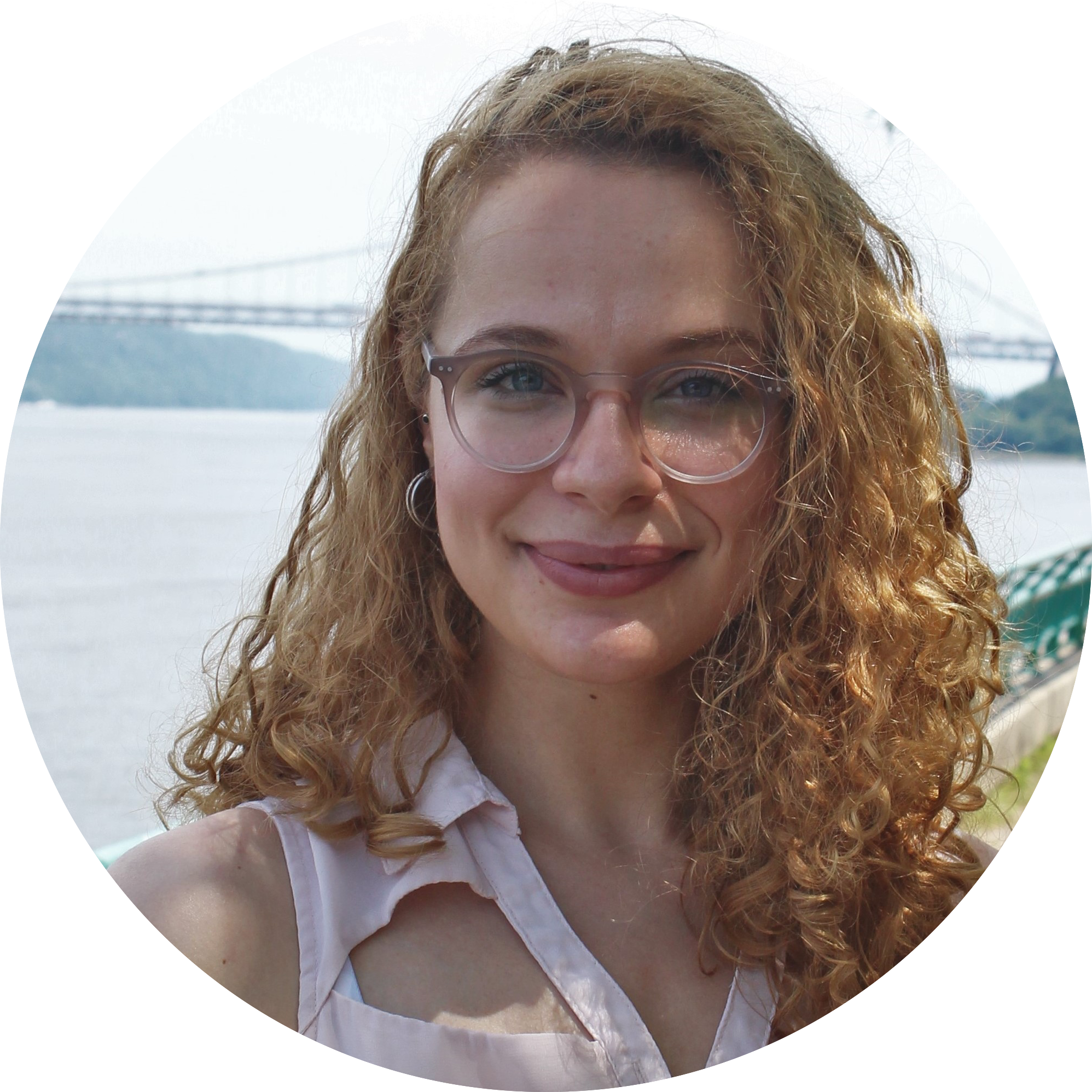
Name:
Samantha Cobos
Department:
Project Title:
Deciphering Rnq1: Understanding Protein Function Through Phase Separation and Structural Function Studies
Website:
Samantha Cobos is a current student of the Chemistry Ph.D. Program at the CUNY Graduate Center. At present, she works in the laboratory of Dr. Mariana Torrente and teaches at Brooklyn College. She graduated from Pace University’s New York City campus with a B.S. in Chemistry. During her time as an undergraduate, she discovered her passion for research in the lab of Dr. Shishir Chundawat while spending a summer as a member of the Research in Science and Engineering (RiSE) program at Rutgers University-New Brunswick. Here she cultivated her interest in protein folding, which she is now pursuing in her thesis project in which she hopes to uncover the driving forces behind phase separation of prion proteins.
Project
The end of the 90s brought about an explosion of inquiries into the nature of prions, multi-structured proteins capable of adopting alternative, self-propagating conformations. Remarkably, while these infectious protein species are responsible for causing several neurodegenerative diseases in humans and animals alike, they also have been postulated to function as a protein-based epigenetic mechanism yielding adaptive advantages in yeast. The exact mechanism by which these proteins can refold has yet to be fully elucidated, thus leaving an interesting biochemical question in our hands. Rnq1, a yeast prion protein, has been hypothesized to function as a “master regulator” due to its believed ability to propagate other prion states; however, its native function has yet to be elucidated. The driving aim behind this work is to learn about the nature of yeast prions and their potential epigenetic roles. In particular, we are interested in studying Rnq1 in its native and prion states, including its structure and function.
Thanks to the Provost’s Pre-Dissertation Summer Science Research Grant, I can safely say that this summer has been a tremendously productive period for not only myself, but for several undergraduate students in our lab. A number of students participated in summer research, giving me the chance to guide them through the scientific method as well as further our projects along. For starters, I mapped out the histone post-translational modification (PTM) level changes in several prion strains that we had available. Previously, our lab had proven that neurodegenerative disease proteinopathies were connected to distinct histone PTM landscapes in yeast overexpression models, so we continued to map out these landscapes in other models as well.
Overall, I had taken two prion states into consideration, [PIN+] and [SWI+], which are controlled by the yeast prion proteins Rnq1 and Swi1, respectively. By using commercially available antibodies and western blotting techniques, I was able to map out the epigenetic landscapes of these prions, revealing distinct patterns in marks between each. Furthermore, I also measured these changes against prion samples that were cured with guanidinium hydrochloride, which disrupts prion interactions, and have begun to find further changes in histone PTMs. Additionally, I began trying to purify Rnq1 in our lab. One of my main goals is to perform structural studies on Rnq1 to learn more about its native function, and, in order to do that, I must take on the task of purifying the protein. Preliminary induction tests prove that the protocol I’d like to take on seems to work, so my next step is to attempt to purify larger quantities.
Concurrently, I was able to begin working with strains of yeast that were overexpressing isoforms of β-amyloid, a protein highly associated with Alzheimer’s disease. While still in the early preliminary stages, this project is special to me as I have had the pleasure of working with a junior student from Ossining High School who has been extremely motivated about working in the sciences. Together we have begun to make progress on this project, and the chance to mentor her has been wonderful, in addition to helping out all of our other undergraduates.
Not only was I mentoring students, but I had the chance to be mentored in the form of learning about differentiating mouse embryonic stem cells into motor neurons in the lab of Dr. Esteban Mazzoni over at New York University. For two weeks in August, I was able to learn ins-and-outs of the differentiation process in order to apply this to our own research. This was a great opportunity as I personally have minimal experience with cell culture, and this knowledge has allowed me to broaden the scope of potential future directions where I could take my project. All in all, this summer was way more than I could have asked for, and I cannot wait to share these results with others at the SACNAS 2019 Conference.




